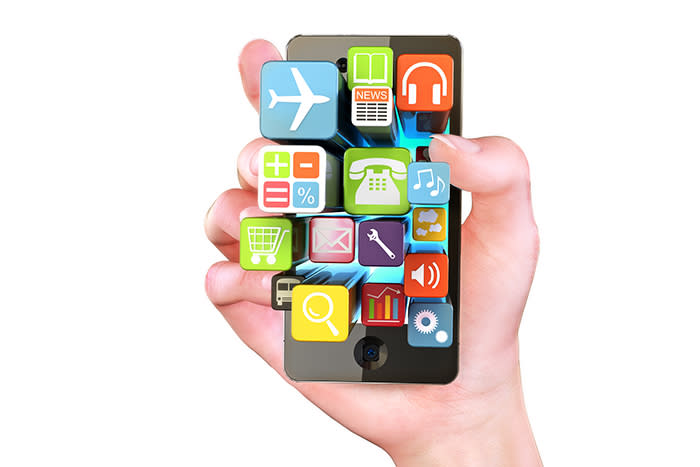Mobile has rapidly emerged as a significant channel for loyalty programs to engage with their members.
Smartphones are now integral to our daily lives. According to Pew, approximately 90% of Americans own a smartphone. Americans view smartphones as critical, but they can be more critical of individual apps. Developing an omnichannel loyalty marketing strategy has become increasingly important, and every brand needs to have the right mobile outreach that best fits their brand.
Loyalty Apps: Personalized Engagement Opportunity
Loyalty program apps can provide brands unparalled opportunities to increase user engagement through targeted personalization. Before developing an app, brands must consider several things:
- Brand power
- Problem(s) will the app solve
- Optimum development
- Ongoing maintenance
If you develop a mobile app for your brand's loyalty solution, be sure to leverage the unique personalization opportunities available to improve the customer experience (CX). This can be especially effective with developing on-going engagement with loyalty program members.
Key loyalty marketing capabilities that apps provide include:
- Push Notifications & Messaging: Easy to use and deploy, push notifications can both complement existing communications and provide unique, immediate dialogue. Customers can easily opt in or out which means those opting in tend to have higher engagement levels with the app and its content. Valuable analytic tracking systems provide customer insights like interaction time, devices and usage which can be fed back into the messaging strategy to continue refining.
- Enhanced Personalization: Content within the app and within the messaging can be tailored based on interest, location, usage and more. Loyalty members can easily access their account information and the app can also leverage this. Personalized content dramatically improves the customer/user experience (CX/UX) and builds emotional loyalty.
- Streamlined Checkout: A challenge for loyalty programs can be increasing the time a member takes to check out. Whether enrolling in the program or having to lookup a member number, retailers cringe at the idea of delaying the checkout process, especially at peak shopping periods or when there’s already a line. Program enrollment can be quickly and easily handled via an app.
- Unique Mobile Features: Whether a tablet or a phone, the mobile device itself allows for new forms of engagement which an app can help leverage. Scanning an item using the camera feature or uploading a photo, GPS, using the phone to actually scan and pay, click to call or check-in are just some of the options available.
- Social Media Content: Apps can easily connect to social platforms allowing members to share content and information. In addition, user generated content can be encouraged, enabling an entirely new option for marketing content.
- Video Marketing: Mobile devices have been a key contributor to the explosion in video content and marketing. Videos bring a brand to life and allows for a wide range of marketing opportunities. From how-to content to miniseries to user developed videos, video marketing can add authenticity and trust.
Loyalty Program App Development
Mobile engagement is critical to modern loyalty marketing. Loyalty program apps should identify the added value their app provides to their members. A well-functioning, user-friendly loyalty app can greatly enhance the any brand's ability to provide truly customized personalized user experiences (UX), increasing the amount of returning customers and thus driving incremental transactions.
Capillary Technologies and Brierley, a Capillary Services Company, employ the industry’s top loyalty experts and thought leaders worldwide. Our loyalty strategists and data consultants, combined with an industry-praised technology platform, can help brands improve their engagement strategies through data analysis.
By collaborating with the Capillary and Brierley loyalty experts, brands can navigate the intricacies of data analytics, unravel insightful findings, and craft engagement strategies that resonate with their unique customer base. Contact us today to learn more about using data to enhance customer loyalty for your brand!

